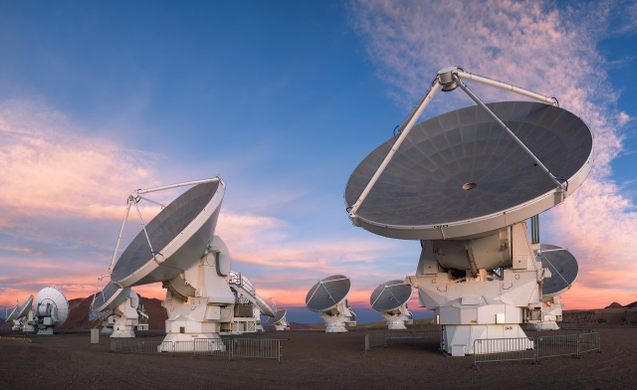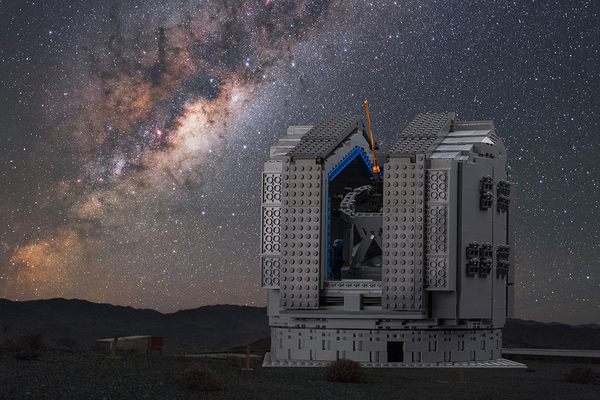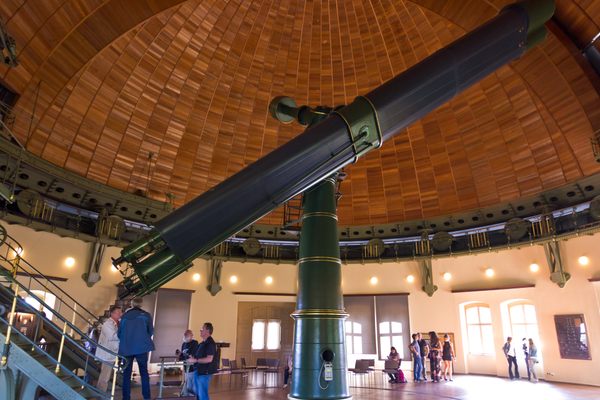Atacama Large Millimeter Array (ALMA)
One of the world's most advanced radio observatories sprawls across the Atacama Desert.
Chile is a popular place for telescopes because of its dry air, dark surroundings, and high elevation. It also helps that the southern sky is particularly interesting because it’s where you can see the Milky Way’s core.
In addition to optical observation, Chile is also perfect for millimeter and radio observations due to the area’s low amounts of interfering radiation from things like cell phones and WiFi. The biggest of such telescopes is the Atacama Large Millimeter Array (ALMA).
The ALMA is 16,000 feet (5,000 meters) above sea level. The telescope consists of 66 antennas nearly 40 feet (12 meters) in diameter that work together to form a single gigantic dish stretching up to 10 miles (16 kilometers), giving astronomers much better resolutions than any other instrument can offer.
With this telescope, astronomers use millimeter radiation’s ability to look right though obstructive features that would be opaque in optical wavelengths. This makes the instrument perfect for observing dust, protoplanetary disks, the solar atmosphere, and exoplanets.
Know Before You Go
ALMA is open for tours once a week, but you have to book your tour months in advance. The ALMA Array Operations Site where the antennas are located (at an elevation of 5000 m) is not open to the general public. The ALMA Operations Support Facility is open to visitors. If you are feeling lucky, you can take a chance and just show up at the tour time and hope that some who booked didn't show up. The tour is free.
Plan Your Trip
The Atlas Obscura Podcast is Back!























Follow us on Twitter to get the latest on the world's hidden wonders.
Like us on Facebook to get the latest on the world's hidden wonders.
Follow us on Twitter Like us on Facebook